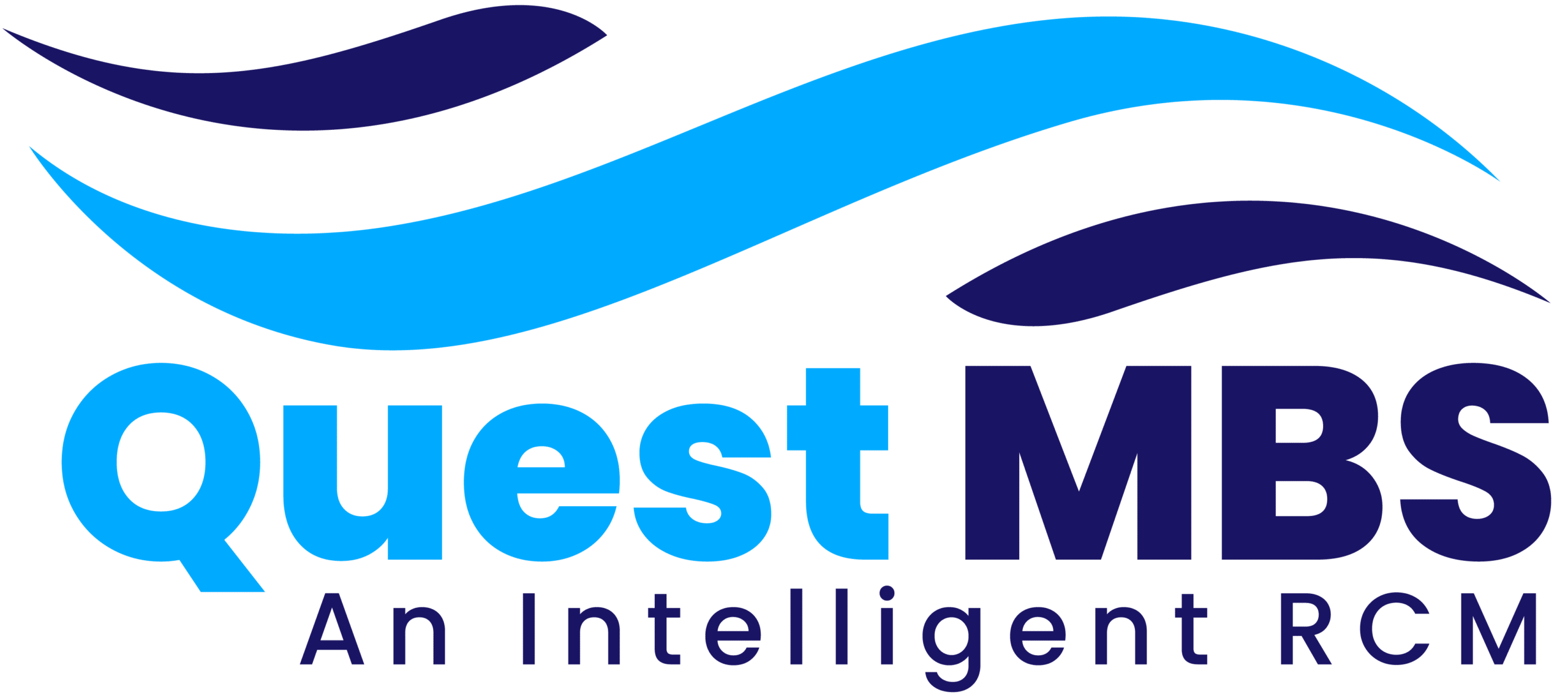Introduction: Evolving Demands in Medical Billing
The complexity of medical billing continues to grow with evolving regulations, diverse payer requirements, and patient expectations. To maintain accuracy, compliance, and timely reimbursements, healthcare providers rely on an ecosystem of tools designed to optimize each step of the billing process. These tools not only streamline operations but also empower billing teams to maximize revenue through automation, analytics, and integration. Below are the top 14 tools that can help practices manage billing tasks effectively and implement the best medical billing tips with confidence.
1. Cloud-Based Billing Platforms:
Modern billing platforms that operate in the cloud provide real-time access to data from anywhere. These systems support faster updates, remote collaboration, and seamless integration with other healthcare technologies. With high uptime and scalable architecture, cloud-based billing tools reduce IT overhead while enhancing billing efficiency.
2. Automated Claim Processing Systems:
Submitting claims manually is prone to error. Automated claim processing systems minimize human input by extracting data directly from encounter documentation and validating it against payer-specific rules. These tools improve first-pass acceptance rates and reduce time spent on rework.
3. Real-Time Eligibility Verification Tools:
Verifying patient insurance before treatment reduces denials and billing delays. Real-time eligibility tools integrate directly with payers, confirming coverage, copayments, and deductibles instantly. This helps billing staff make informed decisions before services are rendered.
4. Denial Management Dashboards:
Understanding why claims are denied is crucial for correction and prevention. Denial management tools allow staff to track trends, categorize denials, and automate appeals. Dashboards help visualize bottlenecks and implement long-term resolution strategies that improve cash flow.
5. Predictive Analytics Engines:
Analytics tools embedded within billing systems use machine learning to identify patterns in billing behavior. They flag potential errors before submission, provide revenue projections, and offer actionable insights to optimize claim management. These engines assist billing professionals in improving claim outcomes proactively.
6. Mobile Charge Capture Applications:
Charge capture tools allow providers to enter billing information at the point of care using mobile devices. By reducing reliance on memory or paper records, these apps ensure all services are accounted for. Integration with EHRs accelerates data flow into the billing cycle.
7. Integrated EHR Billing Workflows:
An integrated EHR with billing functionality eliminates the need to switch between systems. It ensures coding is based on actual clinical documentation, improving accuracy and compliance. Customizable workflows also align billing practices with provider preferences.
8. Coding Accuracy Software:
Correct coding is the foundation of clean claims. Automated coding tools analyze documentation and suggest optimal CPT, ICD, and HCPCS codes. This reduces errors, speeds up processing, and ensures compliance with payer rules and documentation standards.
9. Patient Payment Estimator Tools:
Transparent billing is increasingly important for patient satisfaction. Estimator tools give patients a cost breakdown before services are rendered, helping them plan financially. These tools also help practices reduce unpaid balances by collecting more at the time of service.
10. Payer Rules Engines:
Each insurance company has its own rules, which can be hard to track manually. Payer rules engines apply logic during claim preparation to ensure that each submission complies with insurer-specific requirements. This dramatically increases the likelihood of claim approval on the first attempt.
11. Coding Compliance Trackers:
Regulations and code sets change frequently. Compliance tools automatically update billing systems with the latest rules and notify staff of discrepancies. These trackers also audit past submissions to catch errors and avoid penalties related to fraud or non-compliance.
12. Practice Management System Integrations:
Practice management tools help bridge the gap between administrative and billing functions. Features such as scheduling, patient check-in, and financial reporting are all synchronized with billing workflows, improving transparency and operational control.
13. Clearinghouse Gateways:
Clearinghouses act as intermediaries between providers and payers. Having an integrated clearinghouse simplifies batch claim submission, remittance processing, and real-time status updates. It also reduces rejected claims by scrubbing them for formatting and data issues.
14. Healthcare Financial Analytics Tools:
Financial analytics provide a big-picture view of billing performance. Dashboards can track KPIs like days in A/R, net collection rate, and denial trends. These tools allow billing managers to spot inefficiencies and prioritize strategic improvements.







